-
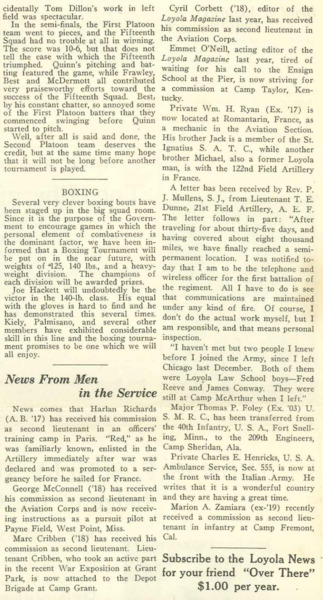
A column in the Loyola News during World War I includes updates and excerpts from letters from Loyola alumni and Jesuits who were serving in World War I.
Item 1: Full article
Item 2: Detail of an excerpt of a letter from Lieutenant T. E. Dunne, 21st Field Artillery, A. E. F. The letter follows in part: "After traveling for about thirty-five days, and having covered about eight thousand miles, we have finally reached a semi-permanent location. I was notified today that I am to be the telephone and wireless officer for the first battalion of the regiment. All I have to do is see that communications are maintained under any kind of fire. Of course, I don't do the actual work myself, but I am responsible, and that means personal inspection.
"I haven't met but two people I knew before I joined the Army, since I left Chicago last December. Both of them were Loyola Law School boys--Fred Reeve and James Conway. They were still at Camp McArthur when I left."
-
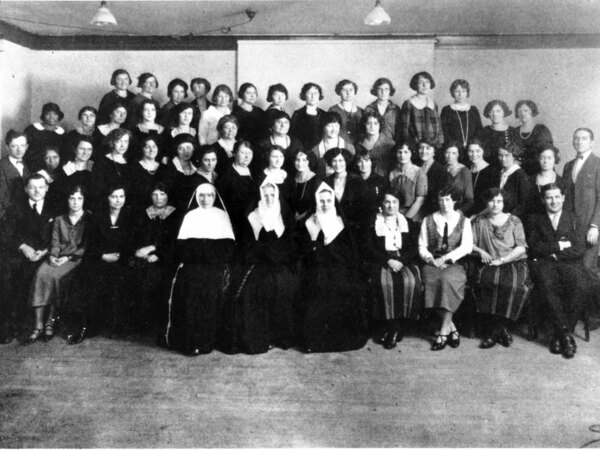
Class picture showing the first class of the School of Sociology, later the School of Social Work.
-
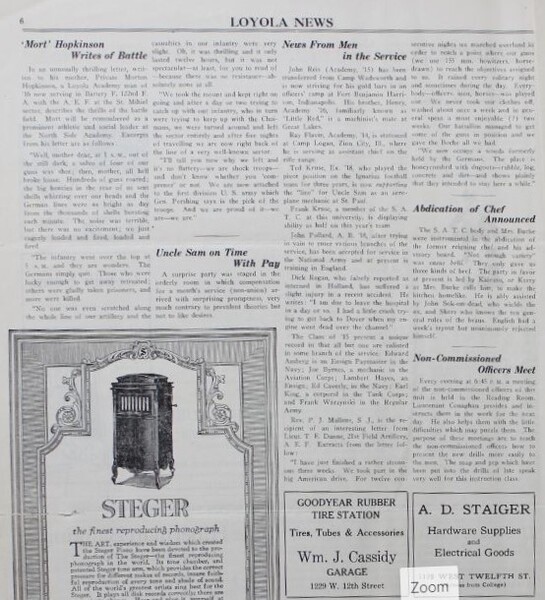
Articles in the Loyola News on November 16, 1918 that describe experiences in the war, and talk about what is happening with military on campus.
-
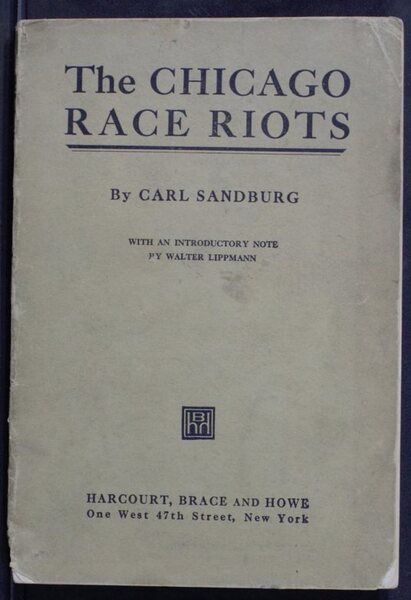
The title page of a book of compiled articles that Carl Sandburg wrote for the Chicago Daily News that were considered predictive of the 1919 Race Riots.
-
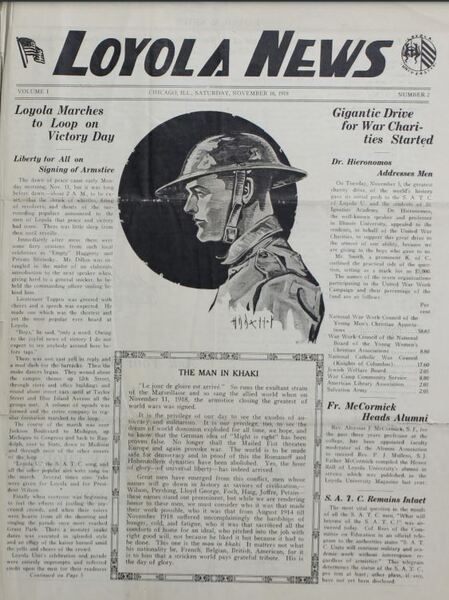
Front page of the Loyola News on November 16, 1918. This page features an illustration of a man in uniform, as well as articles discussing the end of World War I.
Titles include:
"Loyola Marches to Loop on Victory Day: Liberty for All on Signing of Armistice"
"Gigantic Drive for War Charities Started: Dr. Hieronomos Addresses Men"
"The Man in Khaki"
-
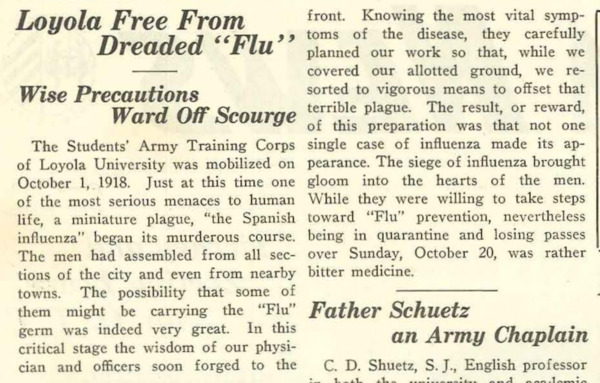
An article in the Loyola News covers precautions taken against the Spanish influenza.
"Wise Precautions Ward Off Scourge"
"The Students' Army Training Corps of Loyola University was mobilized on October 1, 1918. Just at this time one of the most serious menaces to human life, a miniature plague, 'the Spanish influenza' began its murderous course. The men had assembled from all sections of the city and even from nearby towns. The possibility that some of them might be carrying the 'Flu' germ was indeed very great. In this critical stage the wisdom of our physician and officers soon forged to the front. Knowing the most vital symptoms of the disease, they carefully planned our work so that, while we covered our allotted ground, we resorted to vigorous means to offset that terrible plague. The result, or reward, of this preparation was that not one single case of influenza made its appearance. The siege of influenza brought gloom into the hearts of the men. While they were willing to take steps toward 'Flu' prevention, nevertheless being in quarantine and losing passes over Sunday, October 20, was rather bitter medicine."
-
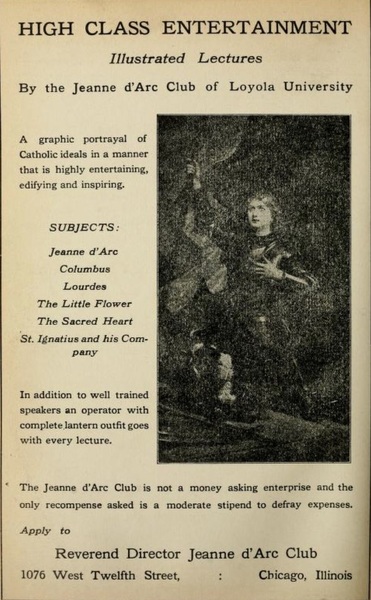
This advertisement for the Jeanne d'Arc Club in the student publication, Loyola University Magazine, carries an image of a young woman and details of the Club's activities.
The Jeanne d'Arc Club was founded in 1909 and sought to portray Catholic ideals in a visual manner.
-

Running time: 4 minutes
-
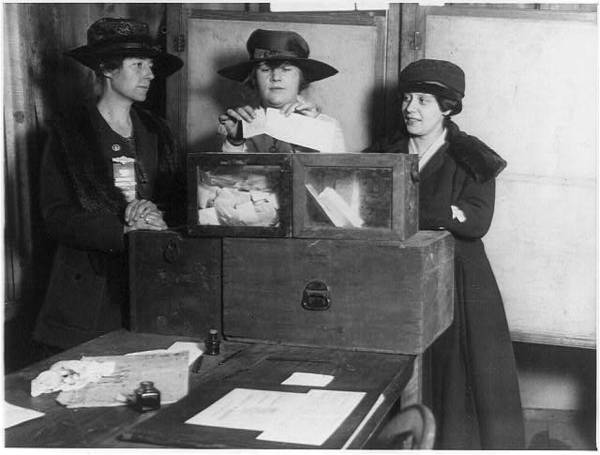
Three women in coats and hats stand over a ballot box, as the center woman tears a ballot to drop it in.
Caption: "Calm about it. At Fifty-sixth and Lexington Avenue, the women voters showed no ignorance or trepidation, but cast their ballots in a businesslike way that bespoke study of suffrage."
-
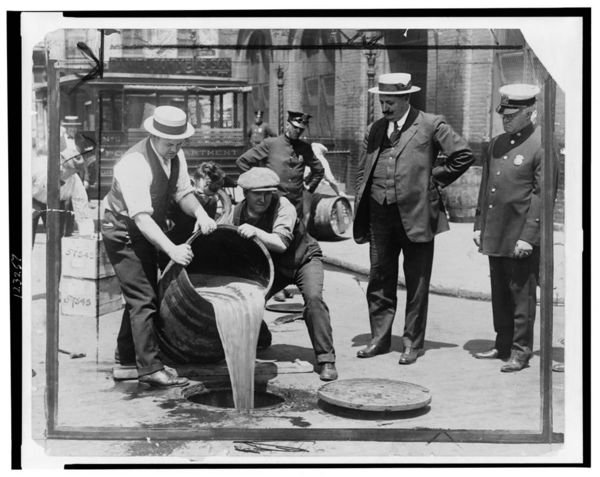
Published in: "Images of America" chapter of the ebook Great Photographs from the Library of Congress, 2013.
Title devised by Library staff using information from photo slug.
Photo was marked with a grease pencil during editing for publication.
Forms part of: New York World-Telegram and the Sun Newspaper Photograph Collection (Library of Congress).
-
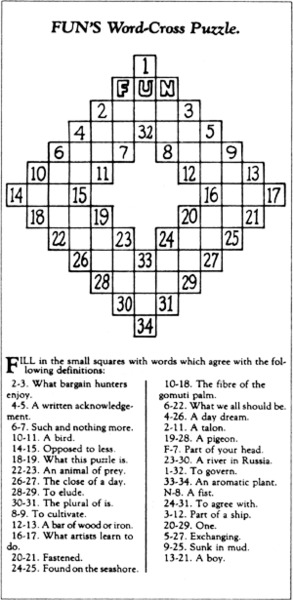
Recreation of the first crossword puzzle, created by Arthur Wynne, published in the New York World on December 21, 1913. Difference of the image to the original crossword puzzle according the Sanasepot is different font and spelling fixes in labels 4–5 and 9–25.
-
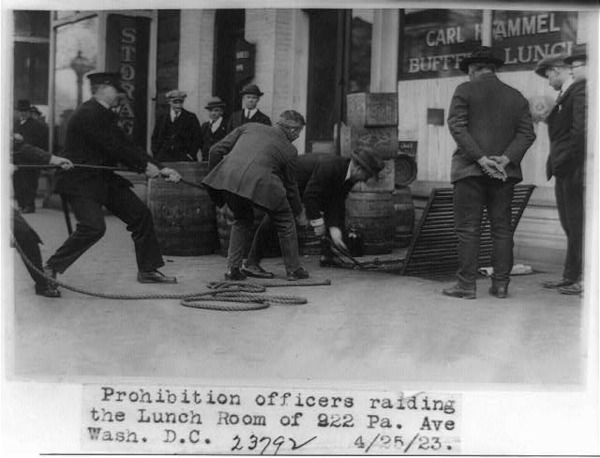
1 photographic print.
-
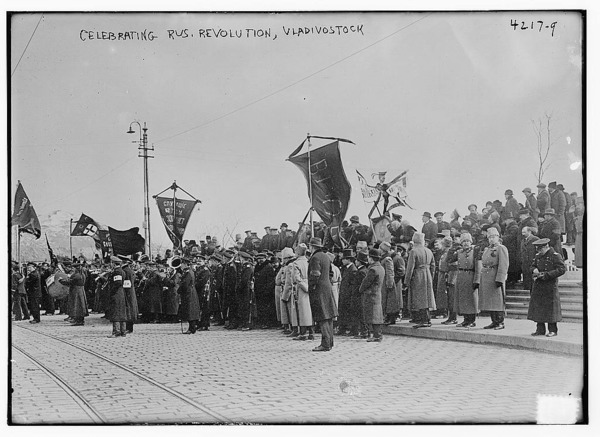
1 negative : glass ; 5 x 7 in. or smaller.
Photograph showing residents of Vladivostok celebrating the Russian Revolution. (Source: Flickr Commons project, 2015)
- Title from data provided by the Bain News Service on the negative.
- Photograph published in The Sunday Oregonian, June 3, 1917 with caption: "Far-off Vladivostok celebrated the Russian revolution. It was reported later that the people of Vladivostok had revolted against the provisional government of Russia, but this was denied from Petrograd." (Source: Flickr Commons project, 2015)
- Forms part of: George Grantham Bain Collection (Library of Congress).
- General information about the George Grantham Bain Collection is available at http://hdl.loc.gov/loc.pnp/pp.ggbain
-
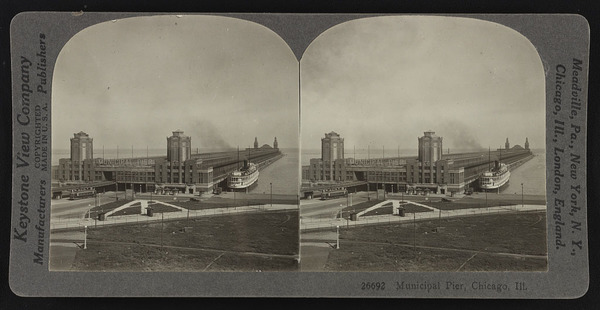
[1926]
1 photograph : print on card mount ; mount 9 x 18 cm (stereograph format)
-
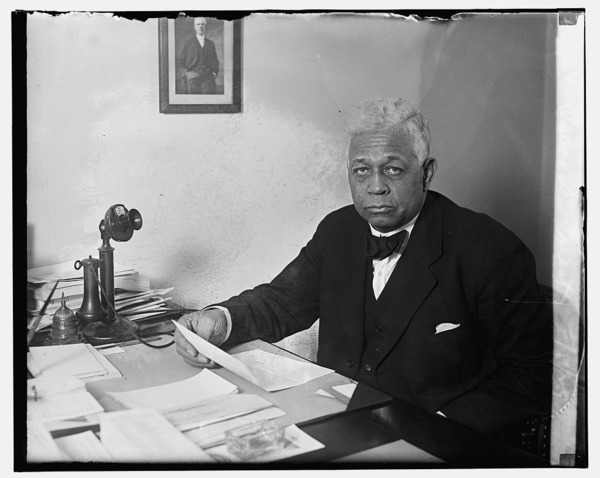
1 negative : glass ; 4 x 5 in. or smaller
- Title from unverified data provided by National Photo Company on the negative or negative sleeve.
- Gift; Herbert A. French; 1947.
- General information about the National Photo Company collection is available at http://hdl.loc.gov/loc.pnp/pp.npco
- This glass negative might show streaks and other blemishes resulting from a natural deterioration in the original coatings.
- Temp. note: Batch four.
-
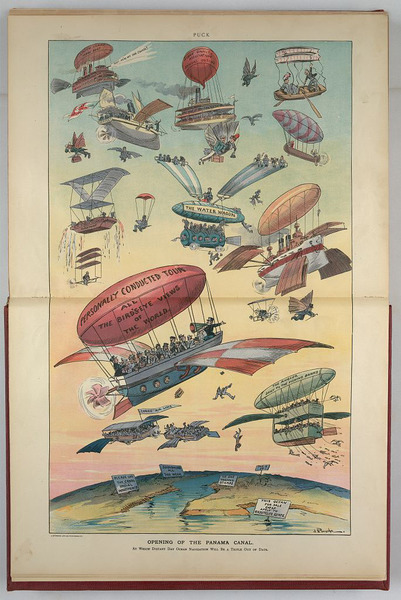
Illustration shows a variety of boats and ships as balloon aircraft loaded with tourists and travelers floating above the Panama Canal; it is suggested that the age of aviation will render the canal obsolete.
1 photomechanical print : offset, color.
Notes
- Title from item.
- Caption: At which distant day ocean navigation will be a trifle out of date.
- Illus. in: Puck, v. 59, no. 1509 (1906 January 31), centerfold.
-
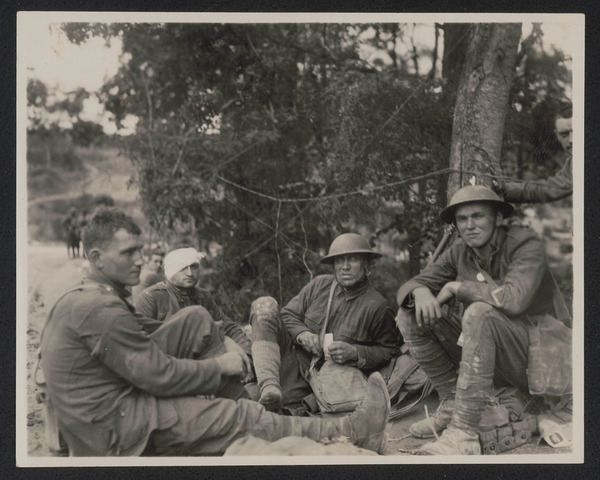
1 photograph : gelatin silver print ; sheet 10 x 12 cm.
- Title from item.
- Photograph collected by war correspondent Herbert Corey.
- Exhibited as a digital copy in: "Not an Ostrich: And Other Images from America's Library" at the Annenberg Space for Photography, 2018; Military section.
- Annenberg batch 9
-
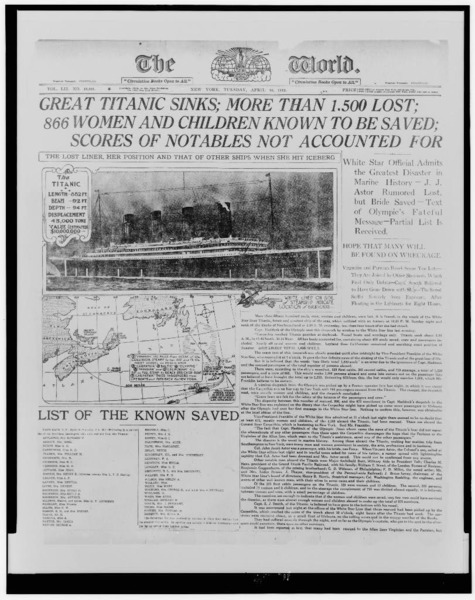
1 photographic print.
-
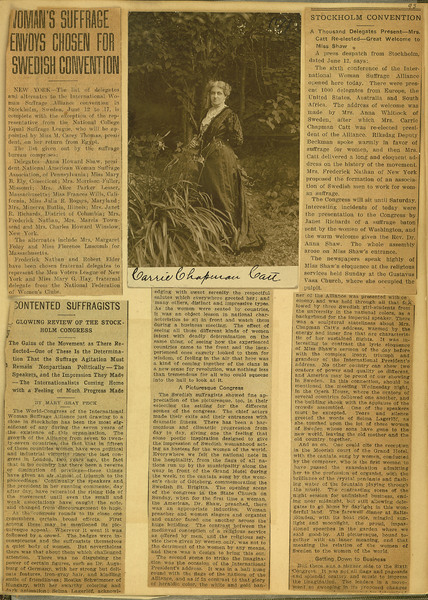
clippings
- Clippings list US Delegates to International Woman Suffrage Alliance Stockholm World Congress; Carrie Chapman Catt re-elected President; 15 of 27 countries represented had suffrage victories in last two years; describes European delegates and Swedish venues.
-

1 negative : safety ; 5 x 7 inches or smaller.
- Title and other information from caption card.
- Negative has no corresponding print in a lot.
- Transfer; United States. Office of War Information. Overseas Picture Division.
- More information about the FSA/OWI Collection is available at http://hdl.loc.gov/loc.pnp/pp.fsaowi
- Temp. note: usf34batch1
- Deterioration level 4, ca. 1992.
-

Clarence M. Tappen, dressed in full military array, looks away from the camera. Tappen held the rank of Second Lieutenant and was the commanding officer of the St. Ignatius College Unit of the Students' Army Training Corps.
-
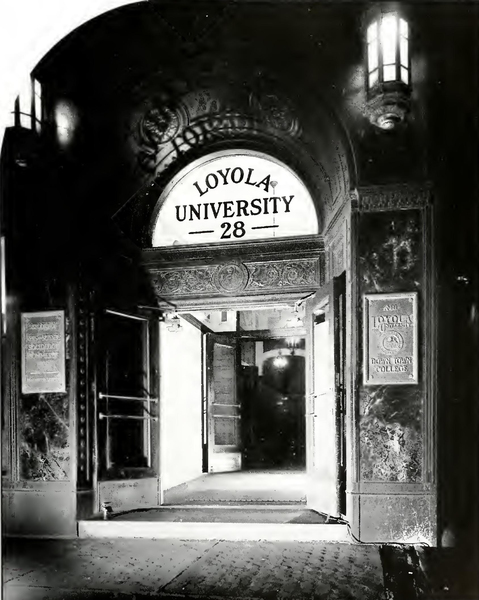
The downtown campus was established in 1914, along with the School of Sociology.
-
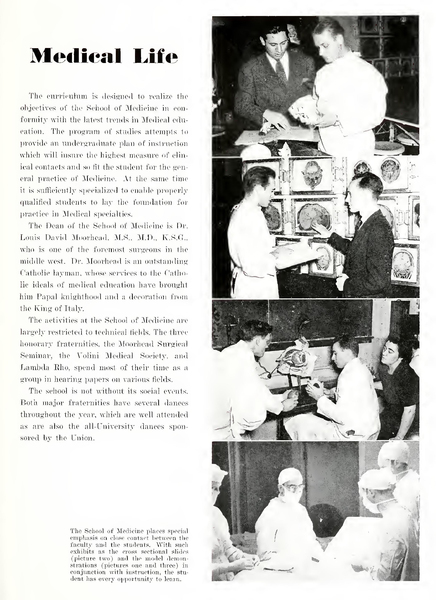
The Medical Department of Loyola University was established in 1910. It would become the School of Medicine by 1940, with a curriculum designed to ensure that students would be adept as general practitioners and specialists.
-
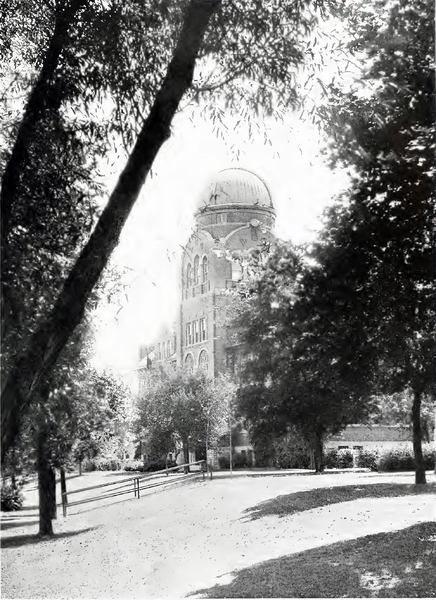
Built in 1911-1912, the Michael Cudahy Science Hall was a gift from the Cudahy family. In 1917, Catherine Cudahy was made a papal countess for her generosity at the bequest of Archibishop Mundelein.
-

Twenty-five members of the 4th High Commercial Class of St. Ignatius College pose for a group photograph.

























